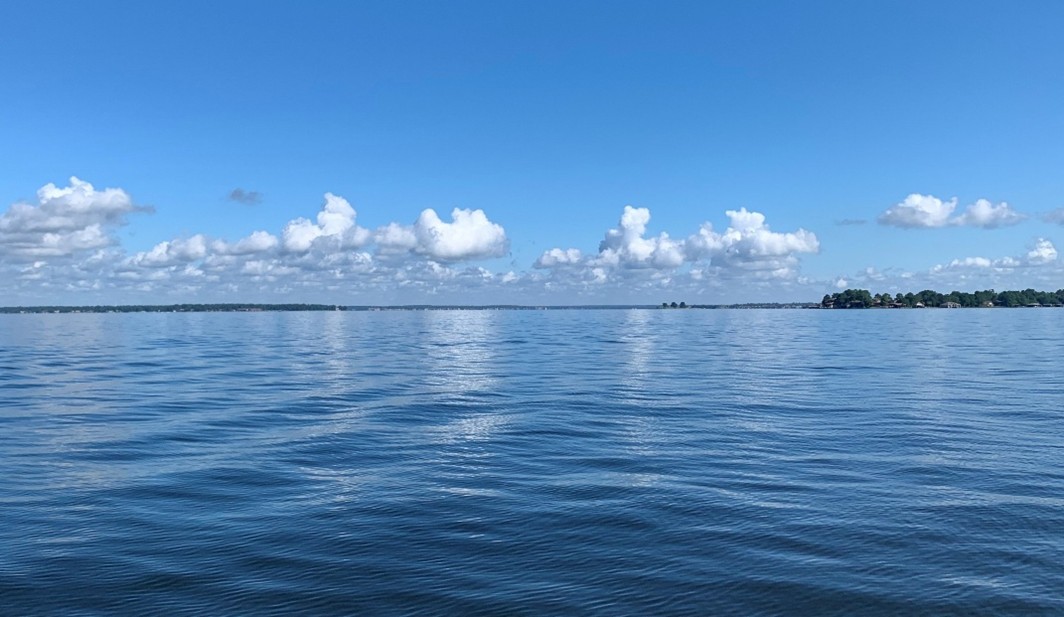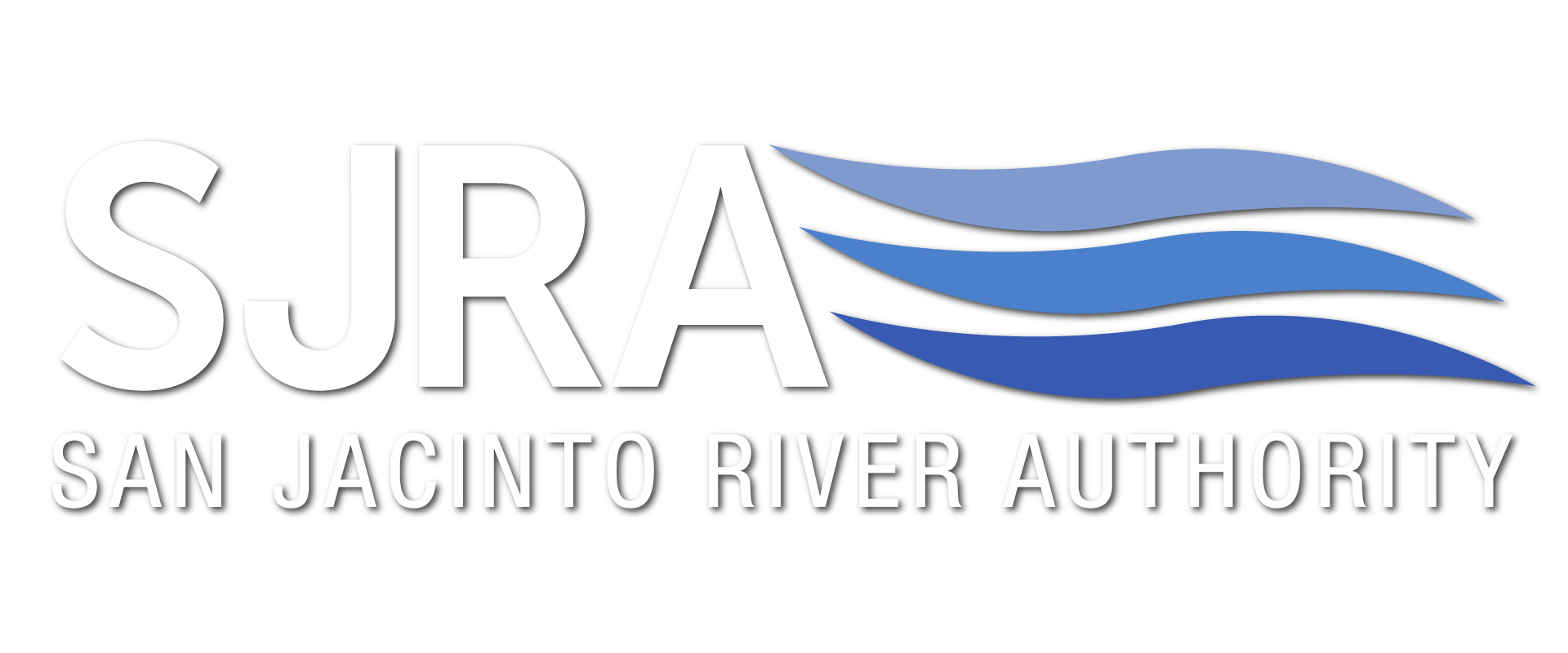Water is essential to our daily lives, from showers and coffee makers to fire protection and public health. But how often do we stop to think about where that water comes from and how it gets to our homes?
In Montgomery County our drinking water comes from two sources, Groundwater and Surface Water. Understanding the difference between these sources—and how they are treated—is important for appreciating the value and safety of the water we use every day.
Groundwater is the most widely used water source in the county. It is pumped from underground aquifers by wells then sent to storage tanks before reaching homes. An aquifer is found underground in layers of rock and soil that hold water. There are three aquifers predominantly used in Montgomery County, Jasper, Evangeline and Chicot. There is a fourth aquifer, Catahoula, that is also used in area north of SH 105 and east of IH 45 in Montgomery County. Groundwater is naturally filtered underground and usually treated with chlorine to disinfect to make it safe to drink.
Surface water is a water source that comes from a body of water like a lake. There is a surface water treatment plant on Lake Conroe that uses the lake water and treats it to become drinking water. Unlike groundwater, it is not safe to drink surface water in its natural form. Surface water goes through filter and chemical processes that make it safe for human consumption. There are currently seven entities that receive surface water in Montgomery County.
It is important to understand where your water comes so we can make informed decisions about conservation, safety and sustainability. In both cases, there is not an infinite supply of water. Long range planning is needed to ensure there is adequate water for our region.
Whether the water is pumped from the ground or the lake, all drinking water goes through treatment to make sure it is clean, safe and reliable.
Featured in Dock Line Magazine.


